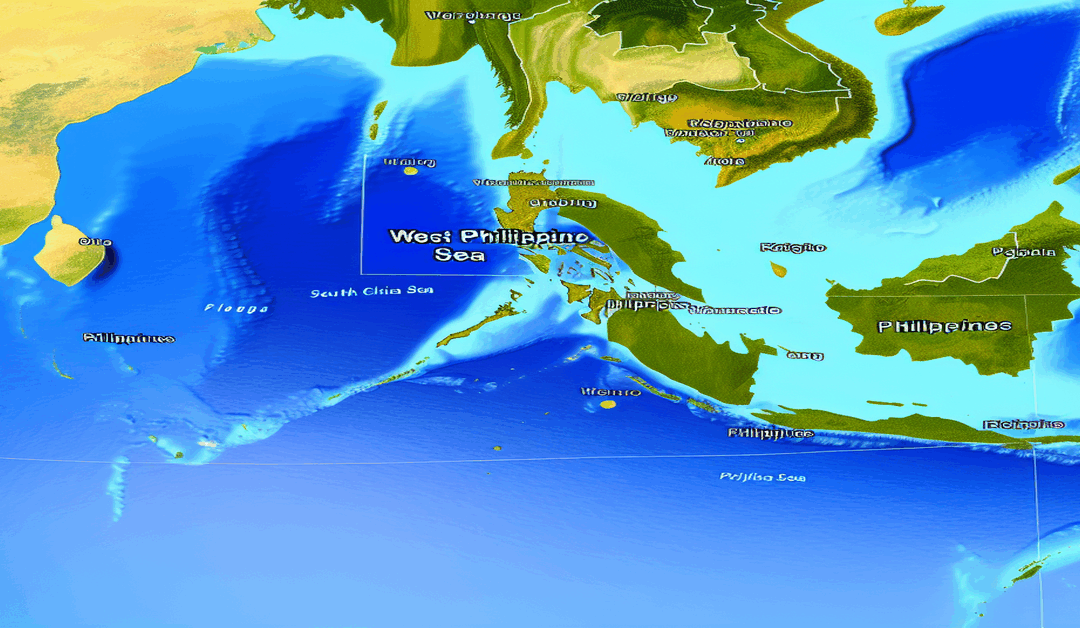Google Maps and Earth Embrace “West Philippine Sea” Label, Reinforcing Philippines’ Territorial Claims
In a significant move that has garnered attention and praise from the Philippine government and public, tech giant Google has recently updated its widely used digital maps, Google Maps and Google Earth, to prominently feature the label “West Philippine Sea” in the waters west of the Philippine archipelago. This region, which is part of the larger South China Sea, has been the subject of ongoing territorial disputes between the Philippines and China. Google’s decision to integrate the “West Philippine Sea” name into its global map data, making it visible by default when viewing the area around the Philippines, is being seen as a powerful recognition and affirmation of the country’s sovereign rights over these contested waters.
The Origins of the “West Philippine Sea” Designation
The renaming and labeling of this maritime area as the “West Philippine Sea” can be traced back to a 2012 administrative order by then-President Benigno Aquino III. The move was aimed at asserting Philippine sovereignty over these waters amid the ongoing disputes with China. The name change, which is recognized domestically as part of the country’s territorial claims, was endorsed by the National Mapping and Resource Information Authority for use in official Philippine charts and maps.
Furthermore, the Philippines’ claim over this zone was affirmed by a Permanent Court of Arbitration ruling in 2016. The tribunal’s decision, which was based on the United Nations Convention on the Law of the Sea (UNCLOS), invalidated China’s expansive “nine-dash line” claim in the South China Sea and upheld the Philippines’ sovereign rights within its exclusive economic zone (EEZ).
Growing International Acceptance and Support
The Philippine government and public have welcomed Google’s update as a significant step towards growing international acceptance of the “West Philippine Sea” designation. The National Maritime Council sees this as a sign that the international community is increasingly recognizing the Philippines’ jurisdiction over these waters. This recognition could encourage further consistency in the use of the name globally and support freedom of navigation in the region.
Senior lawmakers and the Philippine Coast Guard have also praised Google’s decision, describing it as a victory and affirmation of national sovereignty. The move is expected to bolster the Philippines’ position in the ongoing territorial disputes and raise international awareness of the issue.
Implications for the South China Sea Dispute
Google’s inclusion of the “West Philippine Sea” label on its widely used maps represents both a symbolic and practical recognition of the Philippines’ territorial claims in the South China Sea region. By making the name visible by default to millions of users worldwide, Google is effectively reinforcing the Philippines’ stance and increasing international awareness of the dispute.
This development comes at a time when tensions in the South China Sea remain high, with multiple countries, including the Philippines, China, Vietnam, and Malaysia, asserting overlapping territorial claims. The dispute has significant implications for regional stability, freedom of navigation, and access to valuable resources such as oil, gas, and fisheries.
Balancing Accuracy and Sensitivity
While Google’s decision to prominently display the “West Philippine Sea” label has been widely welcomed in the Philippines, the company has also taken steps to manage potential controversies. Recognizing that discussions around territorial claims can be highly contentious, Google has temporarily restricted new reviews on the “West Philippine Sea” location marker due to policy concerns.
This move highlights the delicate balance that tech companies like Google must strike when dealing with sensitive geopolitical issues. On one hand, they have a responsibility to provide accurate and up-to-date information to their users. On the other hand, they must also be mindful of the potential impact their decisions can have on international relations and public sentiment.
The Road Ahead
As the South China Sea dispute continues to evolve, the international community will be closely watching how other countries and organizations respond to Google’s decision to recognize the “West Philippine Sea” designation. Will other tech companies, media outlets, and governments follow suit? Will this move lead to a more consistent use of the name globally, or will it further escalate tensions in the region?
Only time will tell, but one thing is clear: Google’s update has brought the Philippines’ territorial claims in the South China Sea into the global spotlight like never before. As the dispute continues to unfold, it will be crucial for all parties involved to engage in constructive dialogue, adhere to international law, and work towards a peaceful resolution that ensures regional stability and freedom of navigation.
#WestPhilippineSea #SouthChinaSea #TerritorialDisputes #GoogleMaps
-> Original article and inspiration provided by Radio Free Asia
-> Connect with one of our AI Strategists today at ReviewAgent.ai

